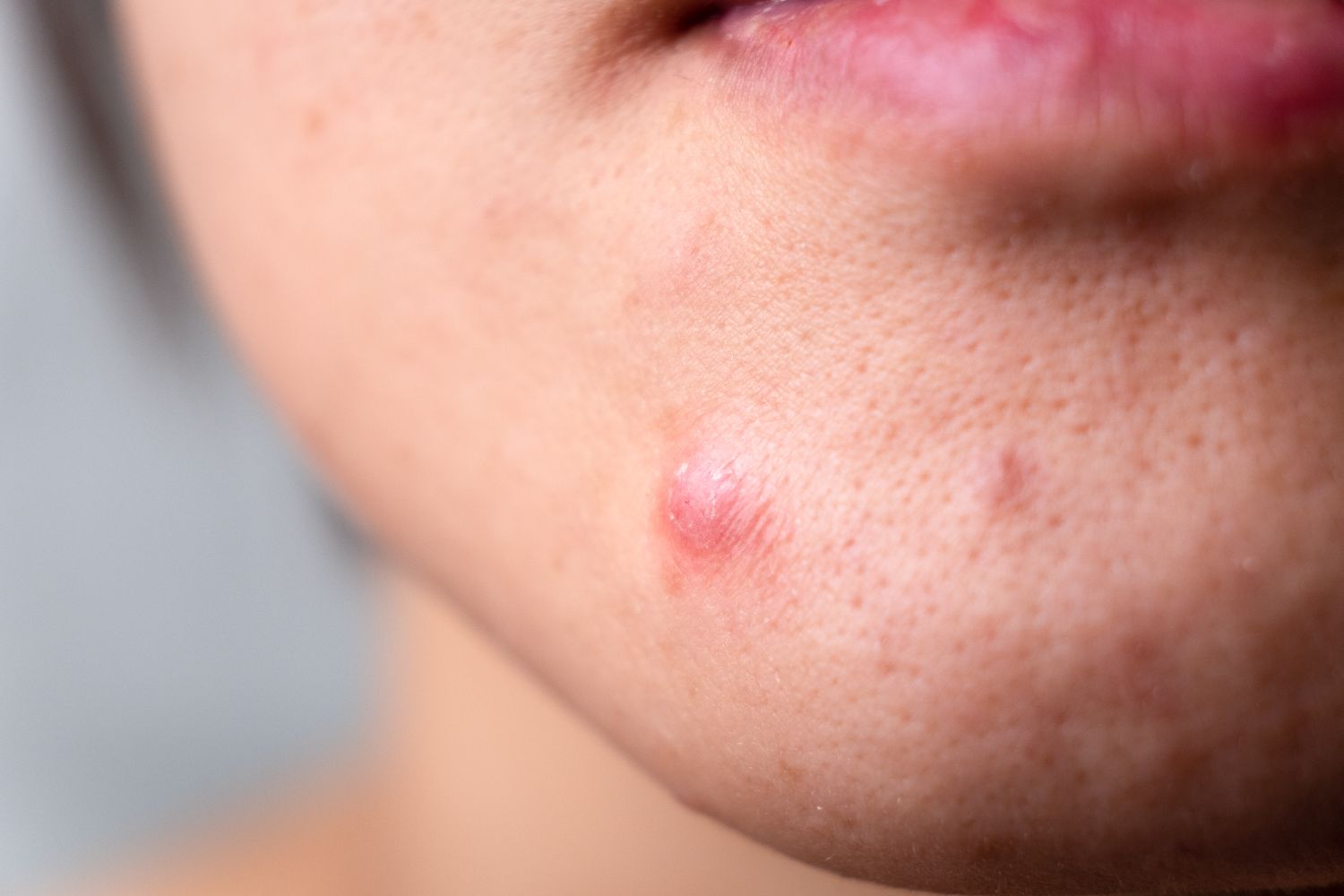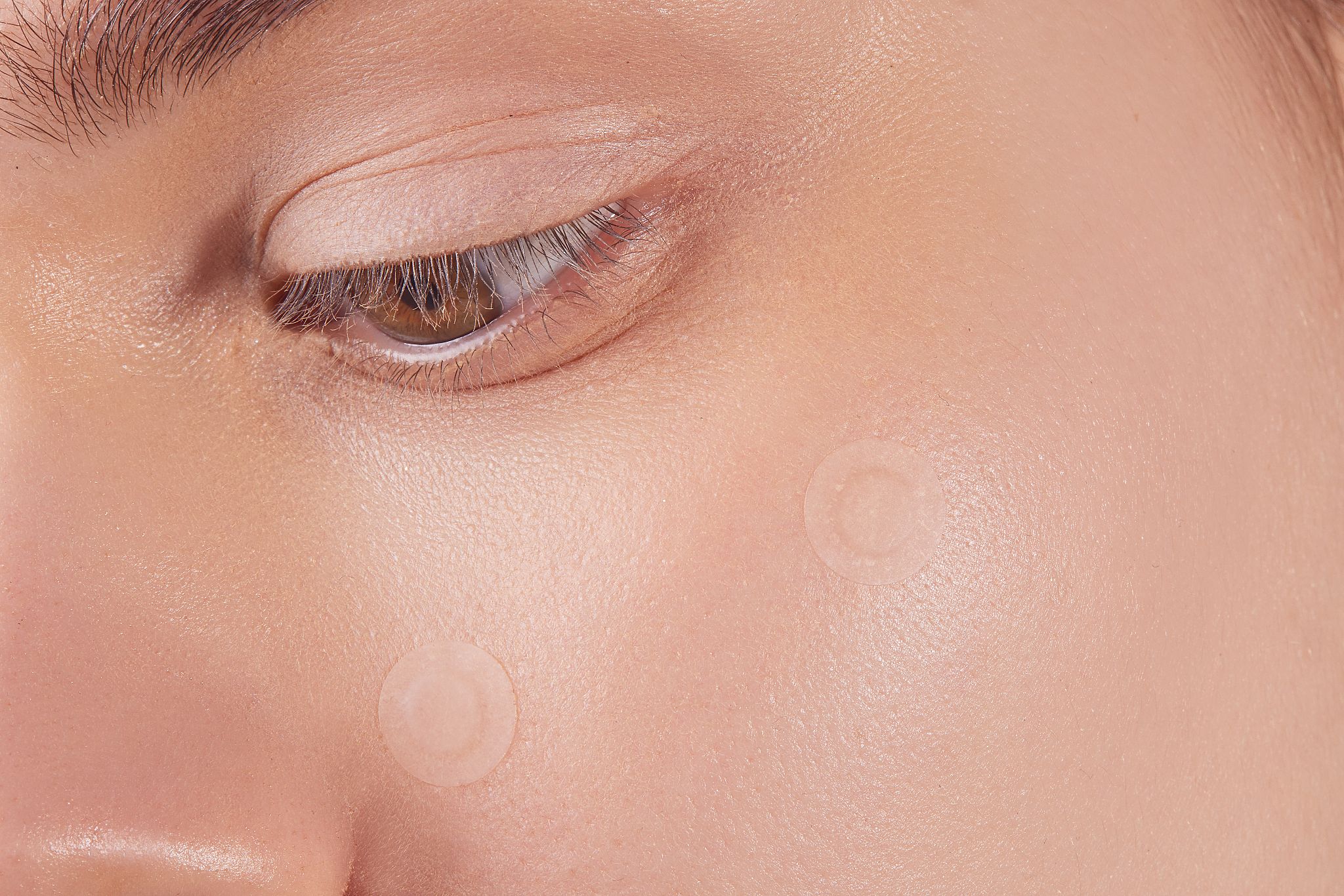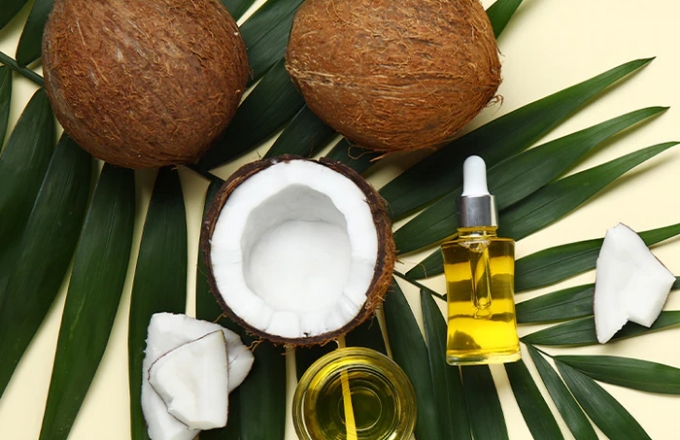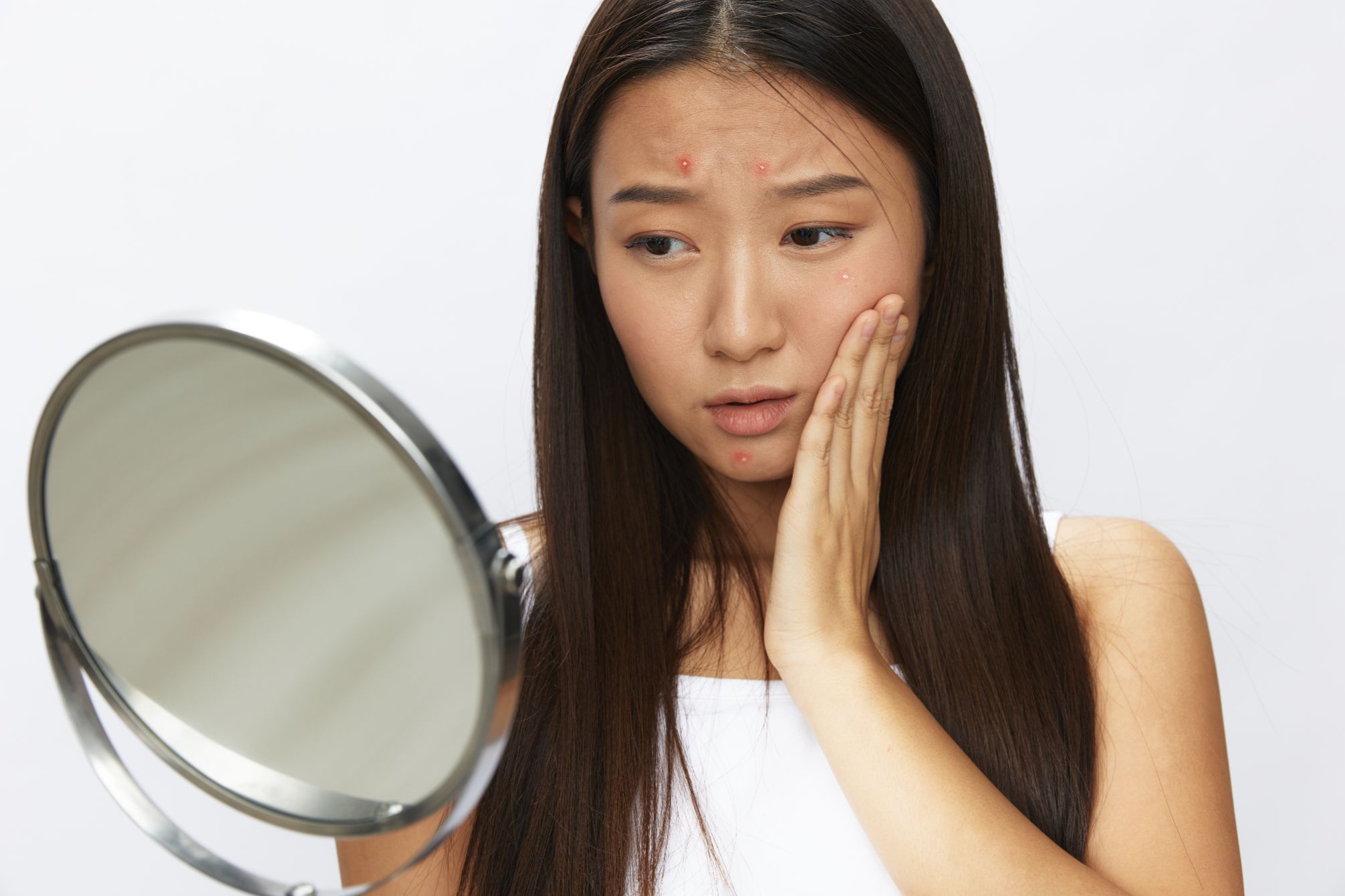Acne & Oily Skin
May 28, 2025
Cystic Acne Healing Stages: From Bumpy Breakouts to Clear, Glowing Skin

At what point does a simple pimple become a bigger concern? When a small bump beneath the skin becomes larger, deeper, and more painful, it could be cystic acne—a severe and difficult-to-treat form of acne. Unlike regular pimples that often heal quickly, cystic acne can persist for weeks or even months, making it particularly stubborn and frustrating to deal with.
Don’t worry—there’s still hope for healing cystic acne. The secret lies in understanding the cystic acne healing stages, so you can know what to expect and how to treat it effectively.
What is Cystic Acne?
Cystic acne is a severe form of inflammatory acne caused by deep infections in your skin tissues. It differs from other types of acne by its intensity and potential for long-term damage, such as scarring and hyperpigmentation.
- Large, red, swollen, and painful cysts
- Lesions often feel deep under the skin
- Higher likelihood of leaving scars or dark marks if untreated
Unlike blackheads or whiteheads caused by clogged pores near the surface, cystic acne affects the deeper layers of the skin, resulting in prolonged inflammation and healing times. Immediate intervention and tailored care are critical to minimizing its disruptive effects.
Stages of Cystic Acne Healing
Healing cystic acne isn’t a straightforward process—it unfolds in distinct stages. Understanding these stages can help you approach recovery with patience and the right care, so your skin receives what it needs at every step of the way. Here’s a closer look at the 6 cystic acne healing stages:
Stage 1: Initial Breakout
It begins with the appearance of deep, painful lesions beneath the surface of your skin. At this stage, inflammation starts to set in, and swelling may increase as your body gears up to tackle the underlying infection. While it can be frustrating, this is an important signal that your immune system is responding to the issue.
Stage 2: Inflammation and Pus Formation
As the immune response progresses, you’ll likely notice more redness, tenderness, and swelling around the affected areas. During this phase, your body produces pus as white blood cells work to eliminate bacteria trapped within the cysts. Avoid picking or squeezing as this can worsen the irritation and prolong recovery.
Stage 3: Pus Drainage or Absorption
Here’s where the body begins to resolve the cyst. Pus may drain naturally, or the cyst may reabsorb into the skin over time. Forcing drainage through manual pressure or popping disrupts the healing process and may lead to post-acne marks.
Stage 4: Healing and Skin Repair
As the inflammation diminishes, your skin steps into recovery mode, working to repair tissue damage and restore its natural barrier. The skin shows signs of reduced redness, smoother texture.
Stage 5: Post-Inflammatory Hyperpigmentation
Depending on the severity of the breakout and how it was managed, you may notice lingering post-inflammatory hyperpigmentation (PIH) or even scarring. These dark marks are a common part of the healing process—but the good news is, they tend to fade gradually over time with consistent care and the right brightening ingredients.
These cystic acne healing stages can be a rollercoaster, but with the right products and patience, you can achieve clear, healthy skin. Remember to always consult with a dermatologist if you have persistent or severe acne.
Treatment Methods and Healing Time

Effective cystic acne treatment combines science-driven solutions and patience. Here are some proven methods that target inflammation and restore the skin over time:
- Topical Treatments: Prescription creams containing retinoids or antibiotics.
- Oral Medications: Antibiotics, hormonal treatments (like birth control pills), or isotretinoin for severe cases.
- Professional Treatments: Procedures like drainage of cysts, chemical peels, or light therapy.
Depending on the severity of your acne and how well your skin responds to your chosen treatment routine, results can take anywhere from a few days to several weeks. Everyone’s skin is a bit different, so while some people see quick improvement, others might need a longer commitment to get those stubborn spots under control. That said, sticking to your treatment routine and supporting your skin with a healthy lifestyle can make all the difference.
How to Speed Up Cystic Acne Healing
To accelerate the recovery process and ensure long-term skin health, follow these science-backed tips:
Hands Off!
Picking, pushing, or touching cystic acne can spread bacteria, worsen inflammation, and lead to scarring that sticks around for a while.
Keep Stress Levels in Check
Stress can trigger acne flare-ups. During these tough times, try weaving mindfulness or relaxation techniques into your daily routine.
Use Effective Products
Building an effective skincare routine starts with gentle, non-comedogenic products that support your skin’s natural barrier while preventing pore blockages. For acne-prone skin, incorporating targeted treatments can enhance results.
- Acne Gel: Formulated to calm red, inflamed breakouts, acne gel penetrates deep to reduce swelling and discomfort. Acne gel works to reduce redness and soothe irritation.
- Acne Patches: These little wonders, like DermaAngel’s pimple patches, are a lifesaver if you’re prone to picking. They absorb pus and oil, create a protective barrier, and help speed up the healing process by keeping the cysts clean and undisturbed.
- Lightening Serum: When cystic acne fades, it often leaves behind dark spots or post-acne pigmentation. A lightning serum diminishes discoloration, evens out your skin tone, and restores that fresh-faced glow.
Prevention is Key: Early Intervention Is More Effective than Treatment
Rather than only relying on treatment after a breakout, proactive prevention can keep your skin healthy and prevent cystic acne from forming in the first place. A consistent regimen with acne-fighting ingredients, such as salicylic acid, is highly recommended.
Products from DermaAngel, such as the Intensive Renewal Serum, come with salicylic acid to target acne-prone skin effectively.
Ready to Take Control of Your Skin?
Don’t let cystic acne take over your life. DermaAngel’s range of acne care essentials is specifically designed for oily and acne-prone skin. Combine effective treatments with preventive skincare practices for clear, glowing results.
Explore DermaAngel Solutions today.





